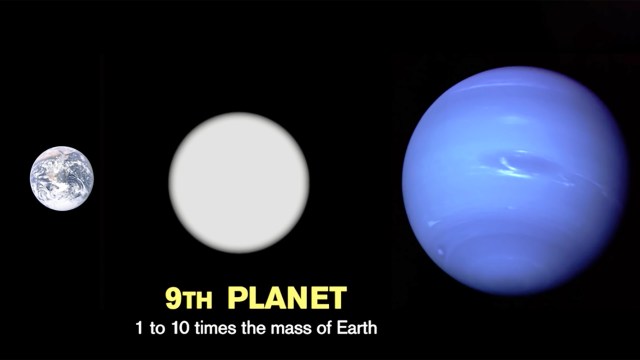Physicists must accept that some things are unknowable
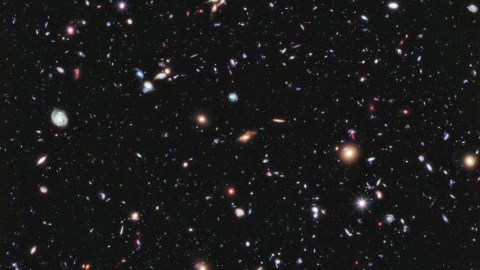
The Universe may be truly infinite, but our understanding of it never will be. Here’s why.
“To know that we know what we know, and to know that we do not know what we do not know, that is true knowledge.” –Nicolaus Copernicus
One of the ultimate questions about our Universe is the question of where all of this came from. When we discovered that the grand spirals in the sky were actually galaxies not so different from our Milky Way all unto themselves, it paved the way for us to truly — for the first time — understand the scope and scale of all that we can perceive. These distant “island Universes” weren’t contained within the Milky Way, but were collections of billions or even trillions of stars, separated by millions or even billions of light years across the cosmos.
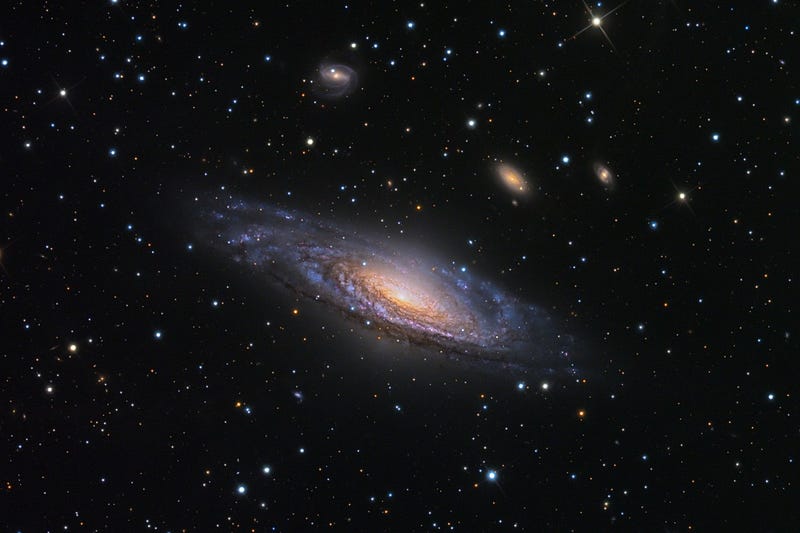
When we found that the more distant a galaxy was from us, on average, the faster it appeared to be receding from our perspective, an intriguing possibility opened up, consistent with Einstein’s General Relativity: perhaps the galaxies were not all speeding away from our location, but the fabric of space itself was expanding. If this were the case, then the Universe should not only be expanding but cooling, as the wavelength of light would be stretched to lower and lower energies as time went on. Moreover, we didn’t just have to extrapolate forwards, but we could go backwards, too: to a time where the Universe was smaller in the past.
If we looked in that direction, we’d find a Universe that was denser, hotter, more rapidly expanding and more compact. At early enough times, the Universe would be so energetic that neutral atoms would be blasted apart, and even before that, individual atomic nuclei couldn’t have formed.
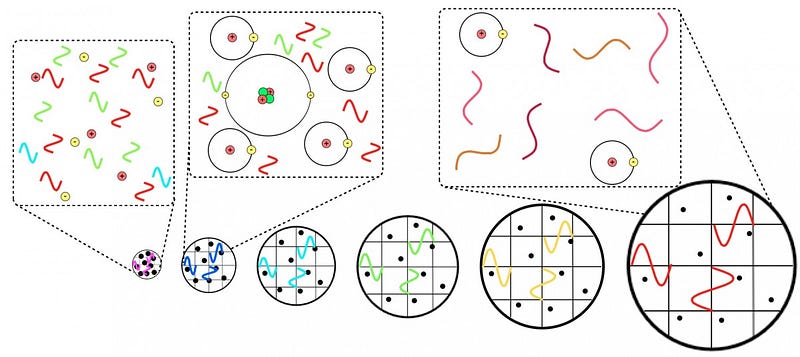
This picture — the Big Bang — was validated with the discovery of the cosmic microwave background, the measurement of its spectrum and fluctuations, and the discovery of the abundances of the light, primordial elements left over from that time period. But as tempting as it would be to extrapolate all the way back to an arbitrarily hot, dense state, or to a singularity, that simply isn’t doable in our Universe.
You see, there were a few major problems that arose if you tried to go all the way back that far:
- The Universe would’ve expanded into oblivion or recollapsed almost immediately, never forming stars or galaxies, unless the initial expansion rate and the initial energy density were perfectly balanced.
- The Universe would have different temperatures in different directions — something it was observed not to have — unless something caused it to have the same temperature everywhere.
- The Universe would have been filled with high-energy relics that had never been detected, a consequence of extrapolating back arbitrarily in the past.
And yet, when we viewed our Universe, it did have stars and galaxies; it was the same temperature in all directions, and it didn’t have these high-energy relics.
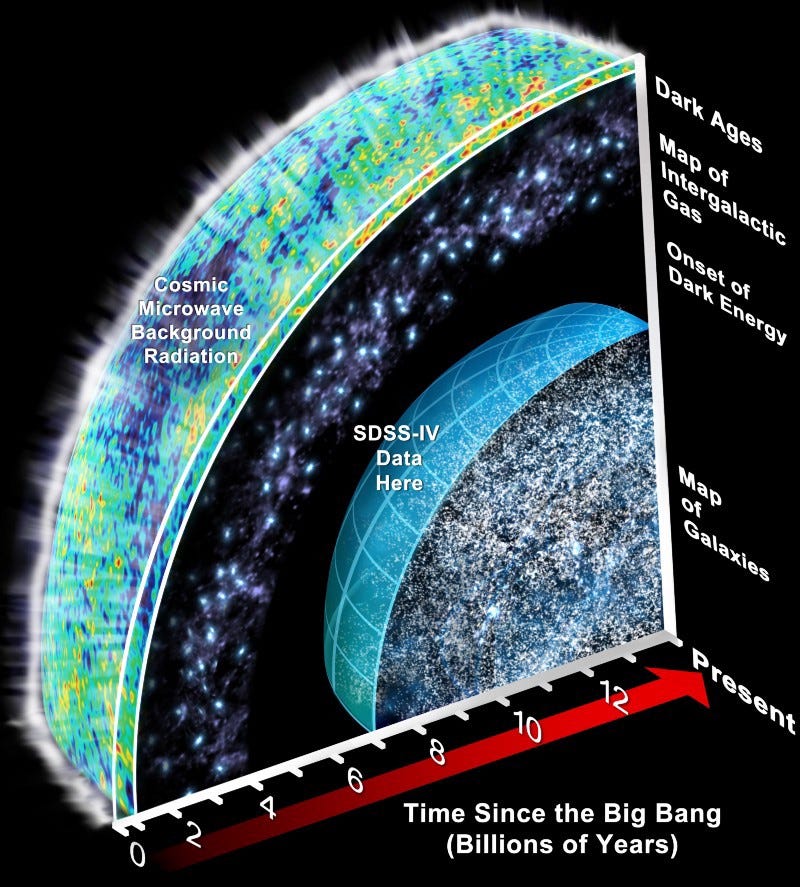
The solution to these problems was the theory of cosmic inflation, which replaced the idea of a singularity with a period of exponentially expanding space, and which predicted those initial conditions that the Big Bang on its own could not. In addition, inflation made six other predictions for what we would see in our Universe:
- A Perfectly Flat Universe.
- A Universe with fluctuations on scales larger than light could’ve traveled across.
- A Universe with a maximum temperature that’s not arbitrarily high.
- A Universe whose fluctuations were adiabatic, or of equal entropy everywhere.
- A Universe where the spectrum of fluctuations was just slightly less than having a scale invariant (n_s < 1) nature.
- And finally, a Universe with a particular spectrum of gravitational wave fluctuations.
The first five of them have been verified, with the sixth one still being sought.
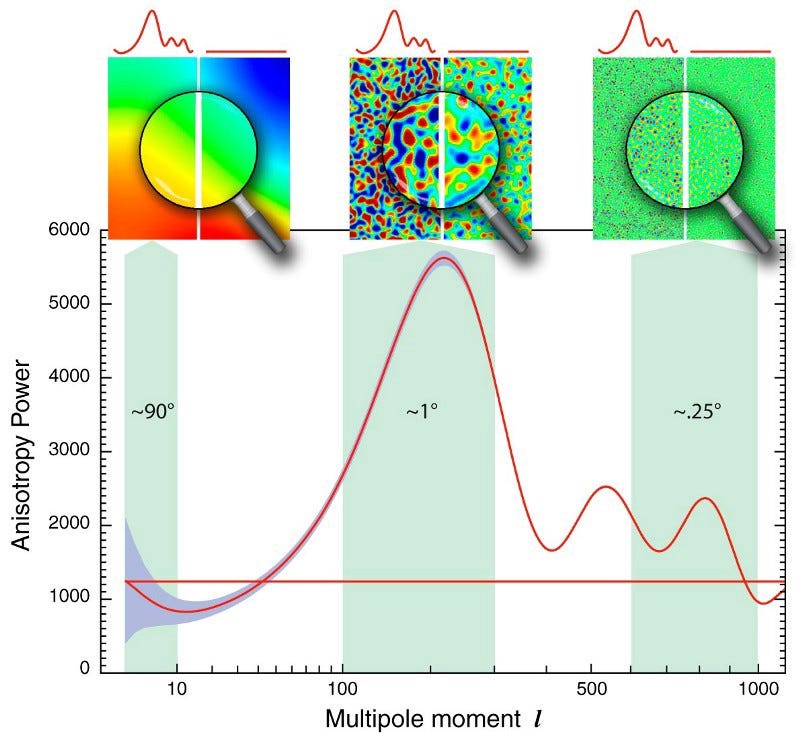
The next logical question about our origins, of course, then becomes that of where did inflation come from? Was it a state that was eternal to the past, meaning that it had no origin and always existed, right up until the moment it ended and created the Big Bang? Was it a state that had a beginning, where it emerged from a non-inflationary state in spacetime some finite time in the past? Or was it a cyclical state, where time looped back on itself from some far future state?
The difficult thing here is that there’s nothing we can observe, in ourUniverse, that allows us to tell these three possibilities apart. In all but the most contrived models of inflation (and some of those we can rule out), it’s only the last 10^(-33) seconds or so of inflation that impacts our Universe. The exponential nature of inflation wipes out any information that occurred prior to that, separating it from anything we can observe by, well, inflating it beyond the portion of our Universe that we can observe.
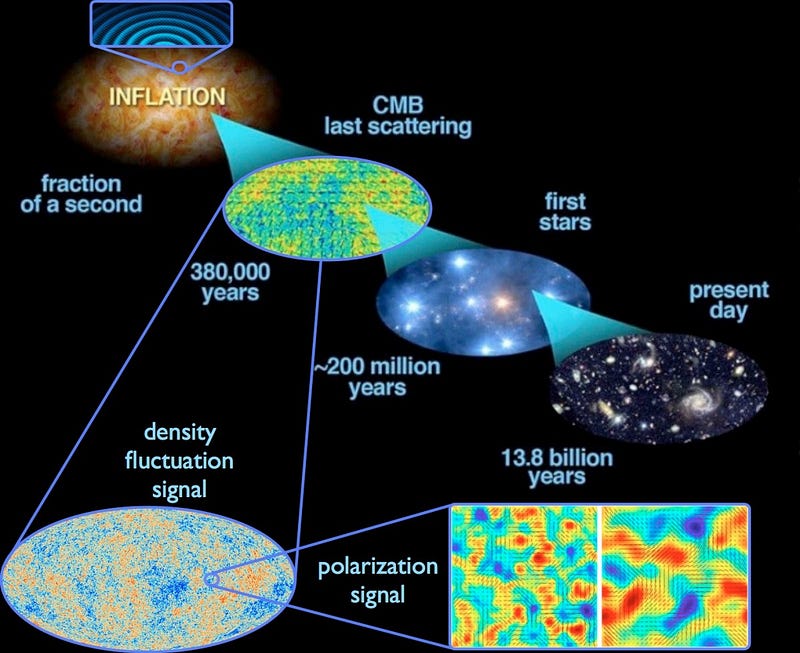
What we’re left with is an observable Universe that’s huge: 46 billion light years in radius, containing some 10¹² galaxies, 10²⁴ stars, 10⁸⁰ atoms and nearly 10⁹⁰ photons. But those numbers, while astronomical, are finite, and don’t give us any information about what happened in the Universe prior to the last tiny-fraction-of-a-second of inflation. We can do theoretical calculations to attempt to gain some insight, but they’re all model dependent. With the exception of a few specific models that would leave observable traces in our Universe (most don’t), we have no way of knowing how — or even if — the Universe got its start.
The total amount of information accessible to us in the Universe is finite, and hence, so is the amount of knowledge we can gain about it. There’s a whole lot left to learn and a whole lot that science has yet to reveal. But some things we will likely never know. The Universe may yet be infinite, but our knowledge of it never will be.
Leave your comments on our forum, and check out our first book: Beyond The Galaxy, available now, as well as our reward-rich Patreon campaign!





